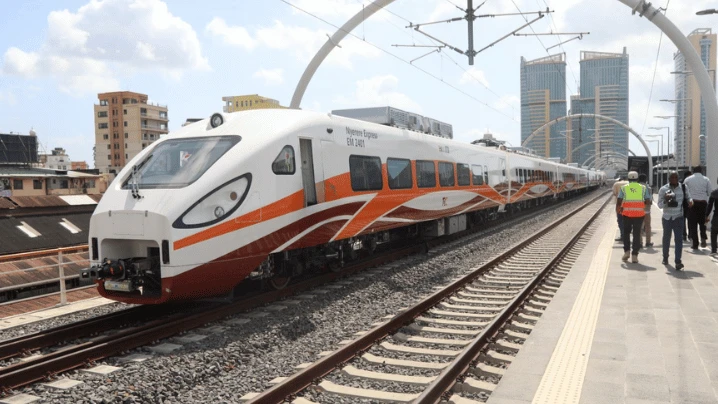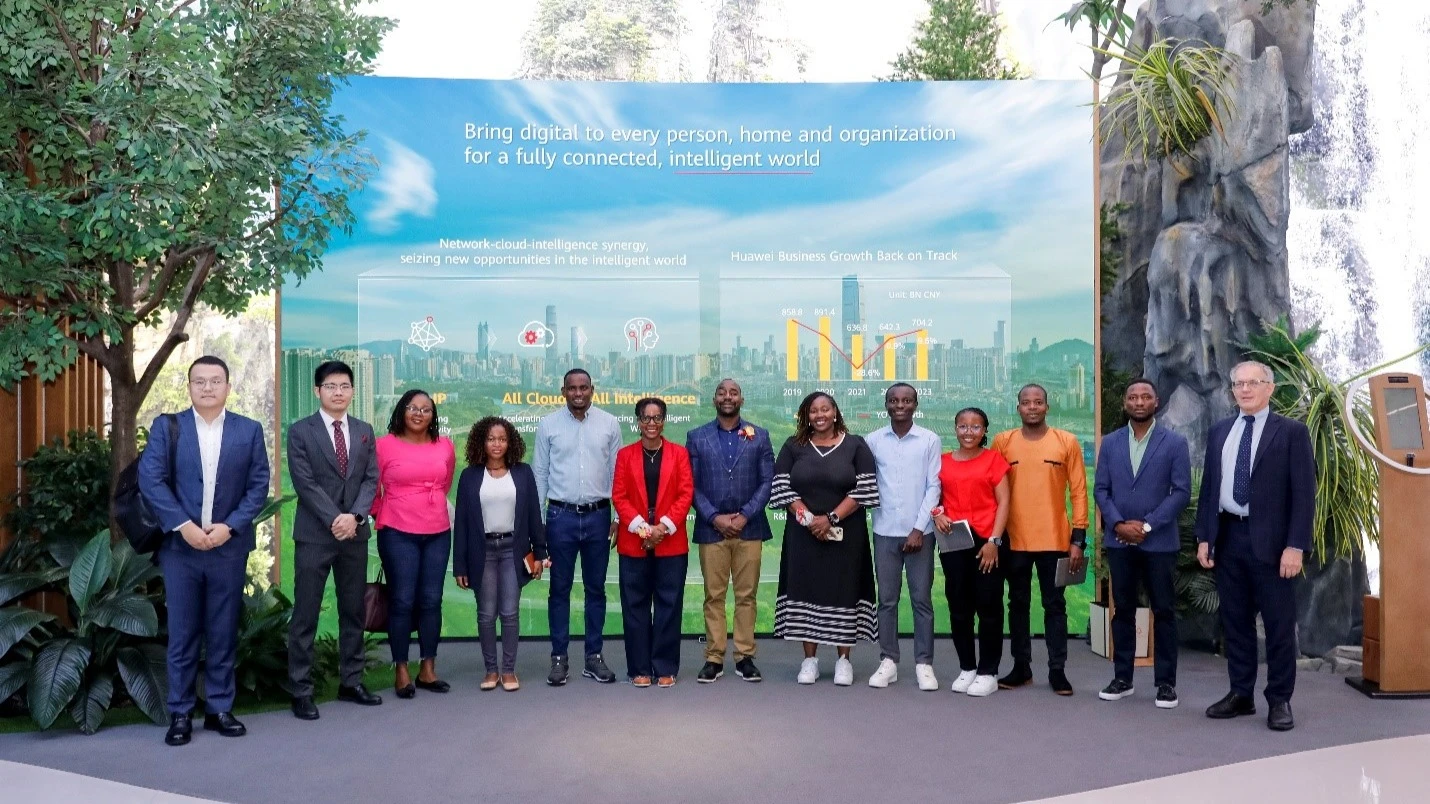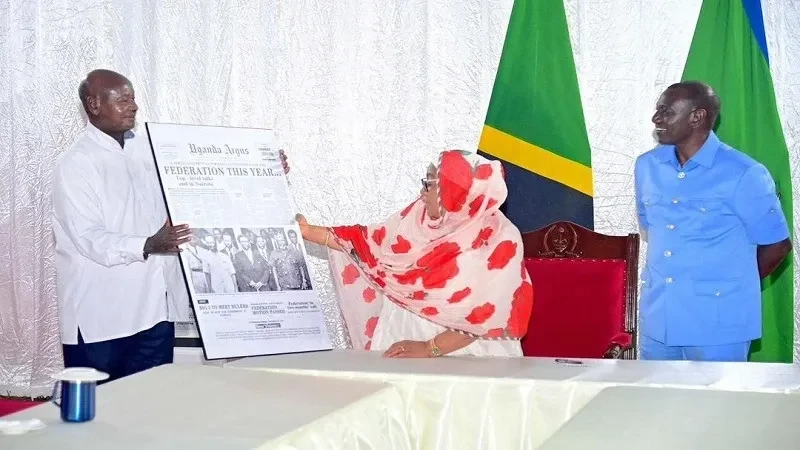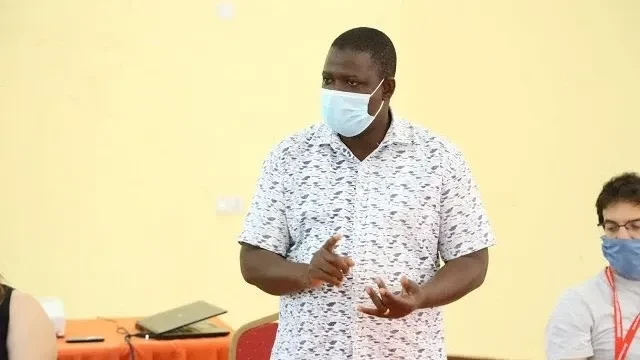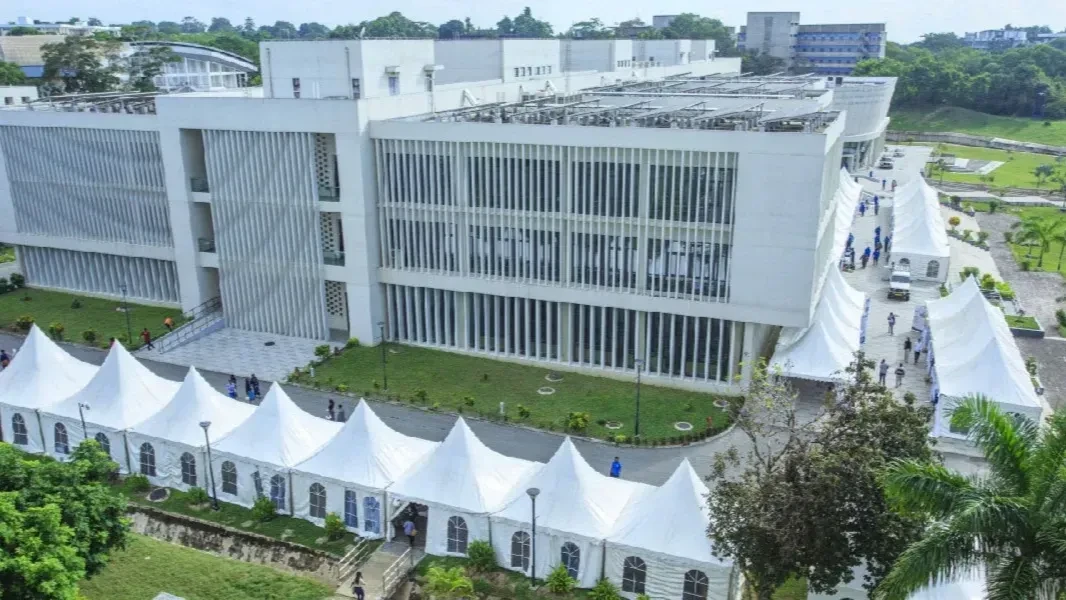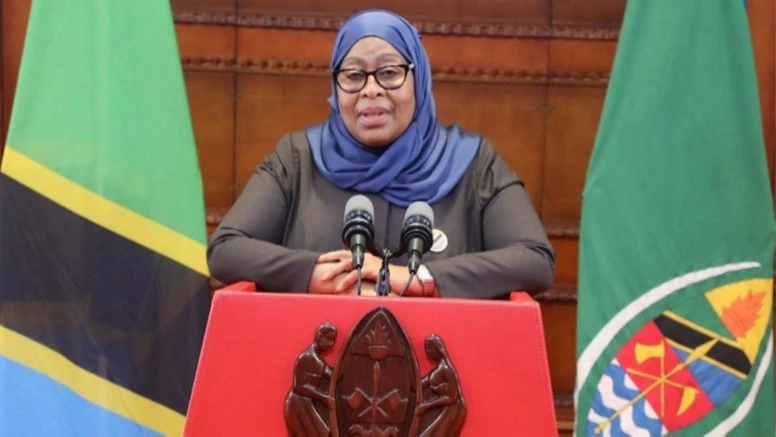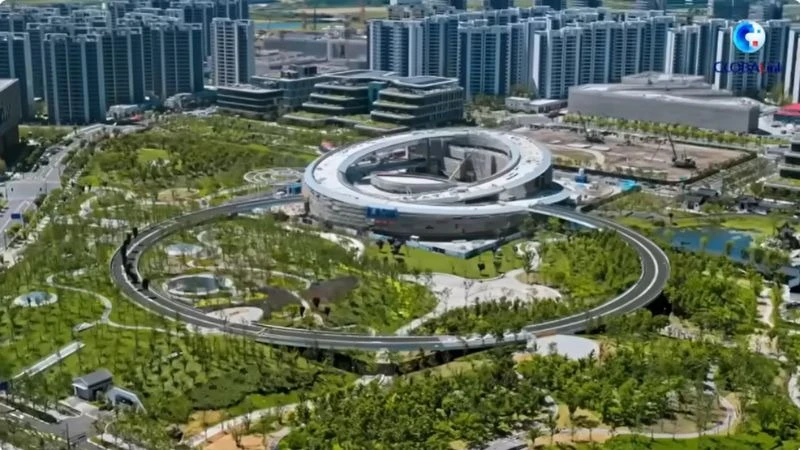Low-income earners blaming tariffs for making electricity major cooking energy source
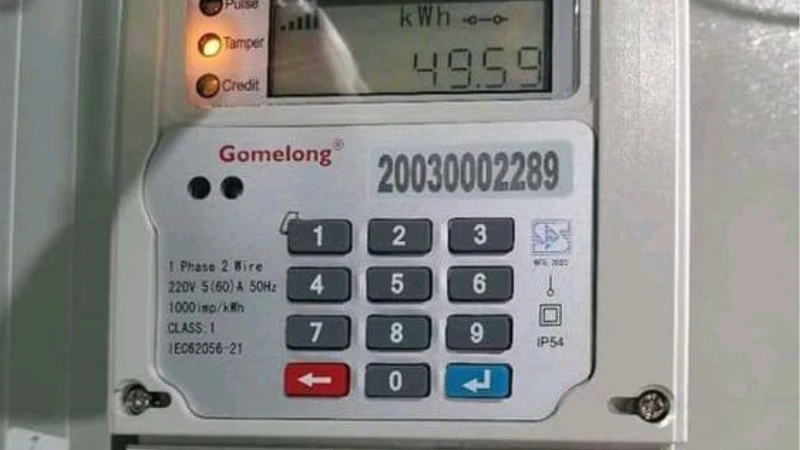
Selina Michael, a 28-year-old resident of the Ubungo suburb in Dar es Salaam is certain that if charges for executing electricity units are further deducted, she will replace charcoal and firewood with electricity as her primary energy source for cooking.
In a recent interview, Michael, a mother of two, argued that she is willing to shift from using charcoal and firewood for cooking to electricity but prevailing tariffs scare her away.
Michael acknowledged owning various electric devices in her home that she blames to incur her reasonable bills on a monthly basis, therefore, a shift to using electricity for cooking could double the current bills burden.
“A TV set, radio, fridge, freezer, iron, blender, and fan consume a minimum of three electric units a day, translating to an average of 90 units a month;
I live in a rented house alongside three other tenants who contribute 10,000/- each a month for electricity bills. If I opt to use an electric stove for cooking, I might end up arguing with my fellow tenants for piling up the electricity bill,” she explained.
Lydia Moses, a 32-year-old resident of Kawe suburb, said that electricity consumers receive 14 kWh when they pay 5,000/-.
Moses said that of that amount, the electricity cost is pegged at 4,098.37/-, the 18 percent VAT is 737.70/-, EWURA's levy is one percent (40.98/-), and REA's levy is three percent (122.95/-).
“These tariffs are a burden for end users. You ought to make wise options of using electricity for it to be sustained longer. If you opt to cook with an electric stove, those 14kWh will not last a week;
The government should further lower the price of electricity by deducting charges and sensitizing the public on best-use practices without increasing costs,” Moses suggested.
Mosses’ suggestions regarding the further lowering of electricity unit tariffs resonate with Article 8 (1) (b) of the Constitution of the United Republic of Tanzania 1977, which highlights the primary responsibility of the government as safeguarding the people’s welfare.
However, Article 9 (d) of the same Constitution obligates state authorities to direct their policies and programmes towards ensuring that the national economy is planned and promoted in a balanced and integrated manner.
In response to the cost-effective concerns, Judith Kapinga, Deputy Energy Minister, said that the price per electricity unit (kWh) is calculated based on the costs incurred in production, transmission, and distribution.
She clarified that the prevailing price is not the actual one because it includes a government subsidy, making the average price of one unit of electricity 100/- for end users consuming less than 75 units a month.
Kapinga asserted that customers who consume more than 75 units a month pay 292/- per unit instead of 320/- due to the subsidy.
“Regarding demands to reduce the price of one unit of electricity, the ministry continues to evaluate the costs incurred by Tanzania Electric Supply Company Limited and assess the possibility of reducing them if it does not affect operational costs,” said Kapinga.
This is the case when the Consolidated Zonal Economic Performance Report for 2023/24 by the Bank of Tanzania (BoT), reveals that charcoal sales surged to 85.95bn/- as of June 2024.
The report shows that the value of charcoal sales for the financial year 2022/23 ending June 2023 amounted to 12.50bn/-.
These sales figures show that there was an increase of 71.41 percent during the periods under review, with nearly two million people directly involved in the charcoal business.
The value of firewood sales jumped to an overwhelming 10.62bn/- in 2023/24 while in 2022/23 it stood at merely 597mn/-. The surge in charcoal and firewood sales was attributed to accessibility, affordability and durability.
This is the case when approximately 33,000 people in Tanzania die annually due to health complications related to the use of traditional wood fuels namely firewood and charcoal for cooking in rural and urban areas.
The National Environmental Policy 2021 indicates that the rate of deforestation for firewood, charcoal, and construction materials is estimated at 469,420 hectares per year.
Fresh data is yet to be released on the annual deforestation rate, though reports suggest rampant deforestation in unreserved forests.
The deforestation for charcoal and firewood is against the National Environmental Management Act No. 20, 2004, Section 6 which obligates every person living in Tanzania to safeguard and enhance the environment and to inform the relevant authority of any activity and phenomenon that may affect the environment significantly.
The Impact of Access to Sustainable Energy Survey (IASES) 2021/22 by the National Bureau of Statistics (NBS) states that 67 percent of all households in Mainland Tanzania use firewood as their main source of energy for cooking.
This percentage indicates a drop from 81 percent as stipulated in the NBS’s National Sample Census of Agriculture Report (NSCA) for 2019/20.
The report states that only one in 14 rural households using firewood has a cooking stove with improved efficiency. Charcoal is the second most common energy source for cooking (25 percent), compared to 15 percent in the NSCA 2019/20 report.
About 88 percent of households in rural areas use firewood, compared with six percent in Dar es Salaam and 10 percent in other urban areas. Thirty-four percent of households in Dar es Salaam use gas, while electricity is used by only 0.46 percent.
In other urban areas, 14 percent of households use gas for cooking, while only two percent use electricity. In rural areas, 1.48 percent of households use gas for cooking, and none use electricity.
Cutting down trees for charcoal and firewood poses a significant threat to climate stability, as highlighted in various government and global agencies’ documents. Deforestation disrupts nature and biodiversity, essential for daily human life.
For instance, Tanzania’s National Climate Change Strategy 2012-2018 states that 80 percent of the glaciers on Mount Kilimanjaro have melted since 1912 due to deforestation, contributing to rising temperatures in the Kilimanjaro National Park (KINAPA).
Following the growing trend in wood fuels consumption, Peter Malika, Head of the UN Capital Development Fund (UNCDF) Tanzania emphasizes on the private sector’s intervention for ease of access, diversification and affordability of clean cooking solutions to protect human health and the forests..
According to him, clean cooking solutions are a business opportunity that creates employment.
Malika said in bridging the gap, UNCDF is implementing a sustainable clean cooking solution initiative called CookFund, an EU-funded program worth 80bn/-, targeting deforestation reduction.
“The CookFund has supported more than 60 companies in the clean cooking value chain with 7.3 billion Tanzanian shillings to facilitate investments in improved stoves production and clean solutions;
Supporting these investors helps establish a viable economy and competitive markets, increasing the availability and affordability of clean cooking technologies,” said Malika.
The government is pioneering the National Clean Cooking Strategy 2024/34, which targets at achieving Sustainable Development Goal 7 on universal clean cooking.
Bryan Schreiner, UNFPA Resident Coordinator to Tanzania, commended the ten-year strategy, noting that it will contribute to the realization of SDG3, emphasizing good health for all.
“Clean cooking is not just a matter of convenience but a matter of life and dignity for millions of people around the world,” he said.
On a way forward, Fadhila Trisekwa, Senior Manager for Tax Services at PwC encourages the government to further harmonize electricity tariffs to achieve the targets outlined in the National Energy Compact (NEC) endorsed at the 2025 Africa Energy Summit held in Dar es Salaam.
She said that the Compact aims to make electricity the primary energy source for cooking in Tanzania.
According to her, the willingness among Tanzanians to use clean cooking energy solutions increased from 1.5 percent in 2010 to 6.9 percent by the end of 2021.
“The government needs to address taxation and levies on electric cooking appliances. Electric stoves are subject to a 10 percent import duty and an 18 percent VAT, burdening end users,” Trisekwa noted.
She also highlighted challenges with liquefied petroleum gas (LPG) , another alternative energy source for charcoal and firewood, which faces high levies despite being promoted as a cleaner alternative to charcoal.
“Ethanol, used in producing gasoline, can constitute up to 20 percent of LPG. Locally manufactured ethanol faces a 5,000/- per liter excise duty, while imported ethanol costs 7,000/- per liter with a 35 percent import duty and 18 percent VAT. These tariffs hinder efforts to deduction of LPG cylinder prices,” she explained.
According to the Energy Minister Dr Doto Biteko, as of May 2025, Tanzania's electricity generation capacity reached 4,031.71 megawatts, surpassing the target of 4,000 MW set for that period.
This increase is largely attributed with the completion of the Julius Nyerere Hydropower Project (2,115MW) and other power projects.
For low-income earners like Michael and Moses, the growth in electricity generation capacity has no direct impact on their daily lives as they can’t afford to use it as a primary energy source for cooking due to prevailing tariffs that increases costs.
Top Headlines
© 2025 IPPMEDIA.COM. ALL RIGHTS RESERVED



